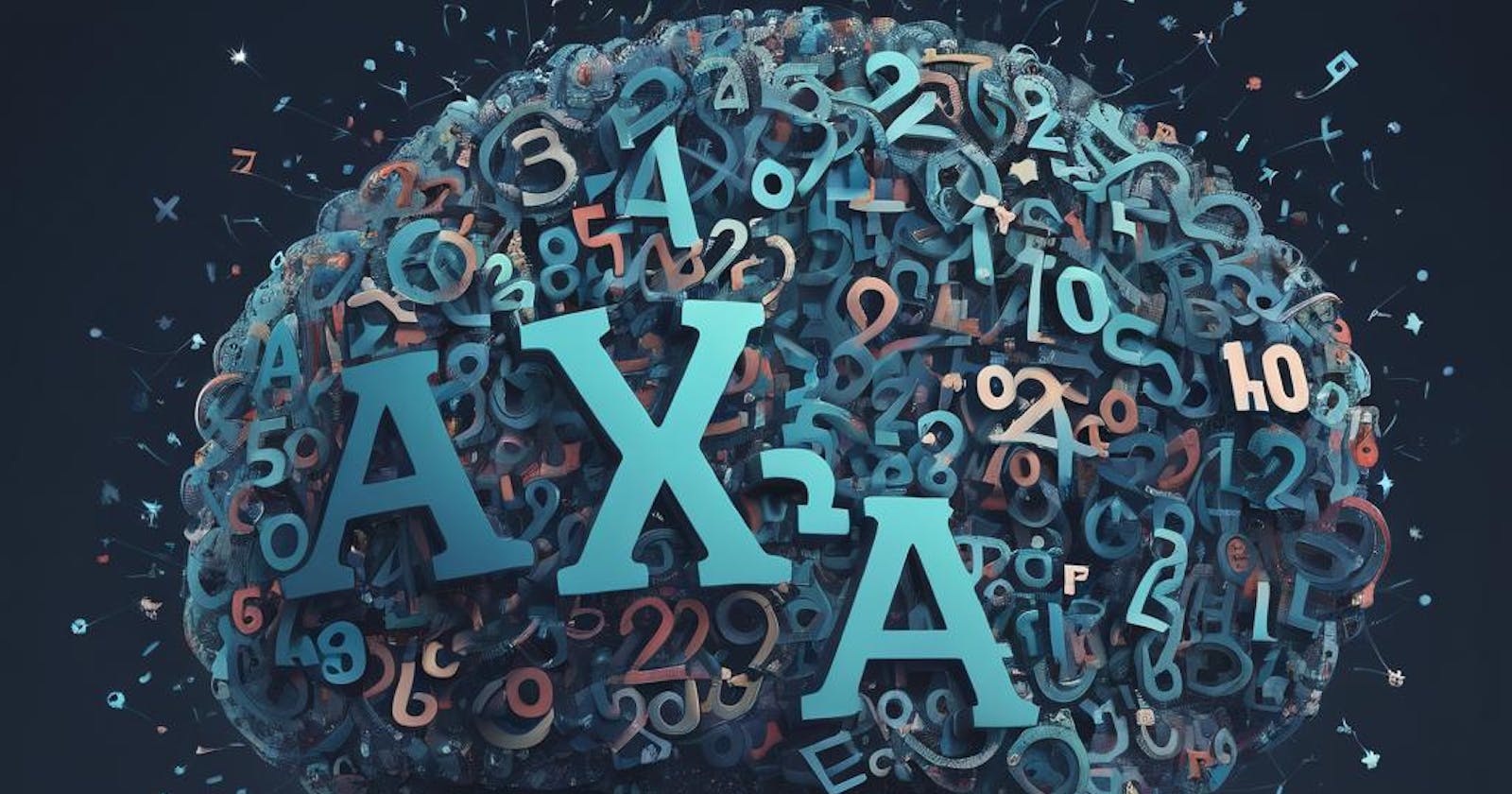Generative AI: How Text Generation Works
Machines That Write: How AI is Learning to Generate Text
The ability of AI systems like ChatGPT and Gemini to churn out human-quality text feels like magic. While it's undoubtedly a giant leap for AI, there's a fascinating process behind the scenes. This post unveils the inner workings of generative AI, exploring how it functions, its potential applications, and its limitations.
Unveiling the AI Landscape
There's a lot of buzz surrounding AI, but let's break it down. Imagine AI as a toolbox, with various tools tackling specific tasks. One of the most crucial tools is supervised learning, which excels at labeling things. For instance, spam filters leverage supervised learning to identify spam emails.
Generative AI, a more recent addition to the toolbox, focuses on creating new content, like text generation in our case. While other tools like unsupervised and reinforcement learning exist, supervised learning and generative AI are the two powerhouses driving most business applications today.
The Foundation: Supervised Learning
Before diving into generative AI, understanding supervised learning is essential. This technology allows computers to analyze an input (A) and generate a corresponding output (B). Spam filtering exemplifies this perfectly – the input (A) is an email, and the output (B) is a spam/not-spam label.
Supervised learning also powers online advertising, where an AI system analyzes an ad and user information to predict the likelihood of a click (output B). This refined ad targeting translates to significant revenue for online platforms.
The period between 2010-2020 witnessed a surge in large-scale supervised learning, laying the groundwork for modern generative AI. However, researchers noted a plateau in performance when feeding more data into smaller AI models.
The Rise of Large Language Models (LLMs)
The breakthrough came with the concept of very large AI models. By training these models on powerful computers with vast memory capacities, researchers observed a continuous performance improvement with increasing data. This paved the way for generative AI, particularly large language models (LLMs).
So, how do LLMs generate text? Let's say you provide a prompt like "It's a beautiful day." An LLM can then complete the sentence in various ways: "I'm going for a walk in the park," "Perfect weather for a picnic," or "Let's open the windows and enjoy the sunshine."
By training on massive amounts of data – hundreds of billions or even trillions of words – LLMs like ChatGPT become adept at generating text in response to a prompt. However, there's more to the story, and we'll delve into aspects like following instructions and safety considerations in future posts.
Generative AI: A Powerful Tool with Potential
Generative AI offers exciting possibilities. Many, including you perhaps, are already leveraging these models for daily tasks – writing assistance, basic information retrieval, or brainstorming ideas.
This is just the beginning. Generative AI has the potential to revolutionize various fields, from creative writing to code generation. However, it's crucial to remember that generative AI, like any tool, has limitations. We'll explore these limitations and responsible use cases in future discussions.
What are your thoughts on generative AI? Have you used generative AI tools like ChatGPT or Gemini? Share your experiences in the comments below!
